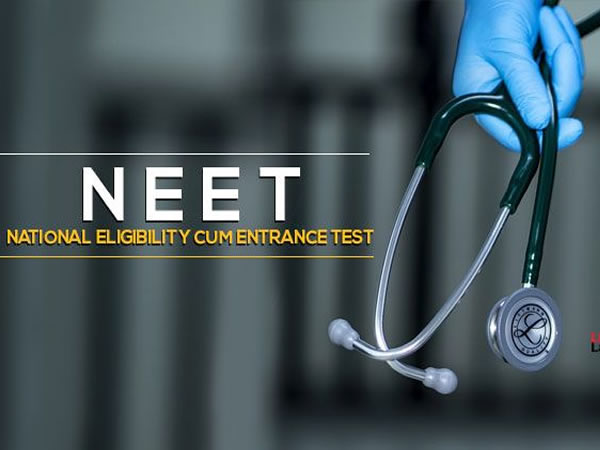Removing the NEET will not solve fundamental issues in our education system
The NEET has been criticized in many quarters, especially in Tamil Nadu. The main issue seems to be a concern that students from disadvantaged backgrounds find it difficult to obtain a medical seat. In Tamil Nadu, the solution suggested is banning the NEET and going back to the rote memorisation required to get high grades in board examinations. These exams are deemed to be easy enough for most students to “crack” as minimal understanding is required to answer questions by rote.
However, the headlines ignore the true issues that need to be urgently addressed if we are to make progress in India. The first issue is that we do not have enough medical seats for the number of students wanting to do medicine and for the number of doctors needed in India. WHO suggests 1 doctor for every 1000 people while India has an estimated 1 for every 1445 people*. In 2020, there were about 15 Lakh NEET aspirants competing for around 80,000 MBBS seats which translates to a 5.3% chance of getting a seat somewhere in the country. The government colleges have around half the seats, so the chance of getting into a government college is about 2.5%. If you then want a seat in a coveted top tier college, the chances are even slimmer, probably lesser than 0.5%. This calculation does not consider quotas, which make it far more difficult for open quota aspirants. Increasing the number of seats and colleges across the country, both in the public and private sector therefore should be a major priority.
The second issue is regarding competing in the NEET examinations effectively. The government has implemented a separate quota for children studying in government schools, implicitly accepting that the quality of teaching and learning in these schools is not good enough for students to compete with their private school counterparts (I do not subscribe to some people’s belief that somehow kids who go to government schools are of lower intelligence). Many philanthropic organisations are happy to sponsor NEET coaching for government school students. However, if the foundation is weak, a supplementary programme in higher classes is unlikely to deliver results. Therefore, the need here is to focus on the outcomes produced by government schools in primary and middle school and ensure children are given a sound base to progress on to competitive examinations (if they so desire).
There is one more issue. Through quotas, the cut off for certain groups can be as low as 170 / 720 vs as high as 600 / 720 for open quota candidates. Medicine is one of the toughest undergraduate programmes, with students required to master a vast volume of fact and concepts in a relatively short period of time. Students who are given easy access into the medical programme often struggle with the vast material needed for mastery and become stressed. If students find preparing for the NEET stressful, the MBBS UG programme will certainly be even more.
Focusing on the NEET entry requirement and process means we are not addressing the big issues that are holding us back. We urgently need to shift focus and start asking these far more difficult questions.
*https://www.business-standard.com/article/pti-stories/doctor-patient-ratio-in-india-less-than-who-prescribed-norm-of-1-1000-govt-119111901421_1.html
Vikram Ramakrishnan


